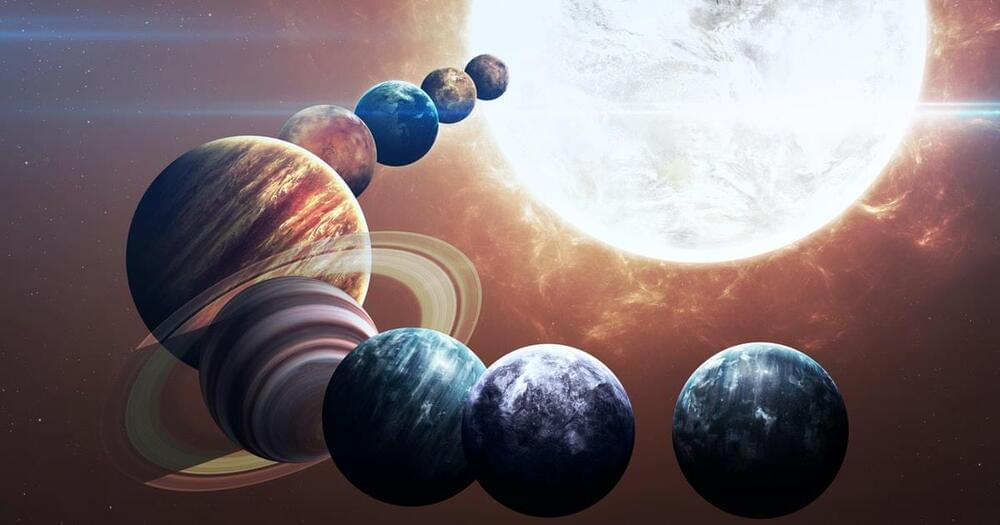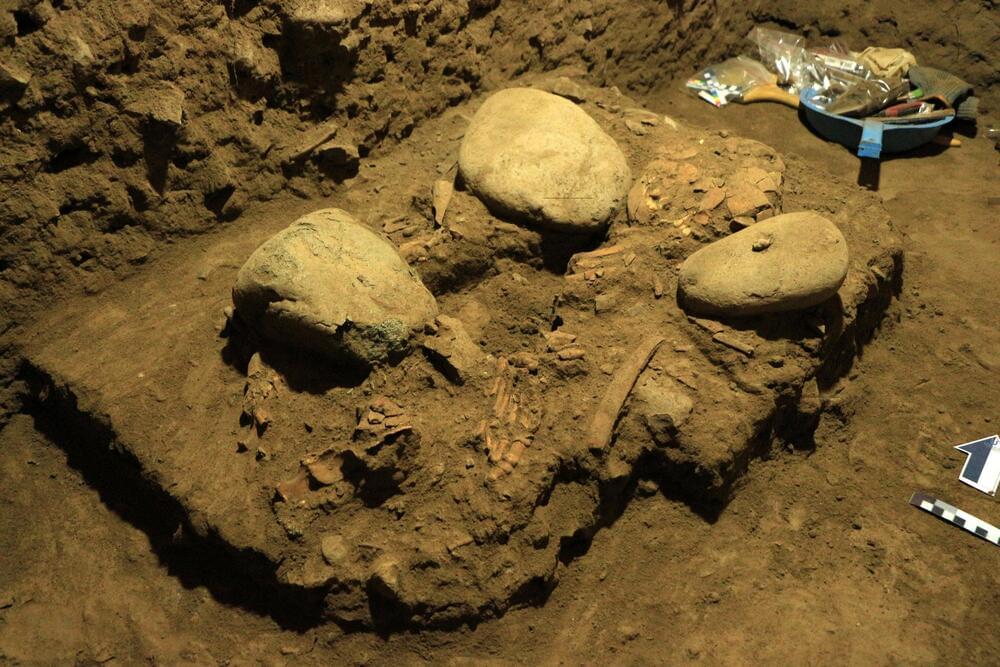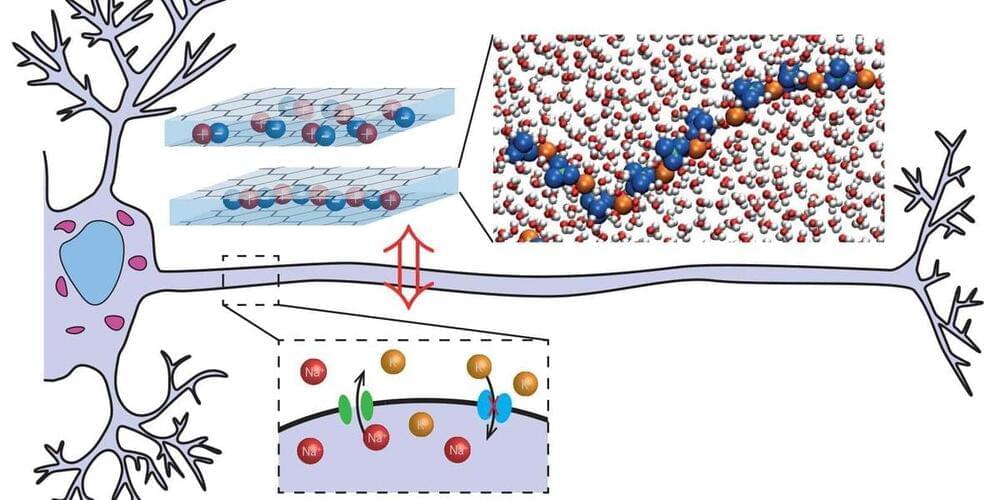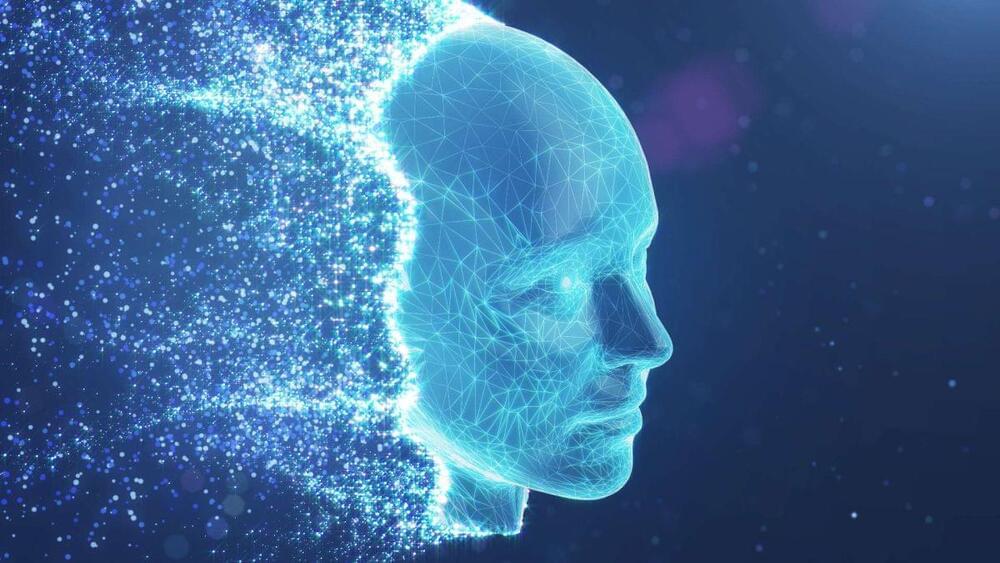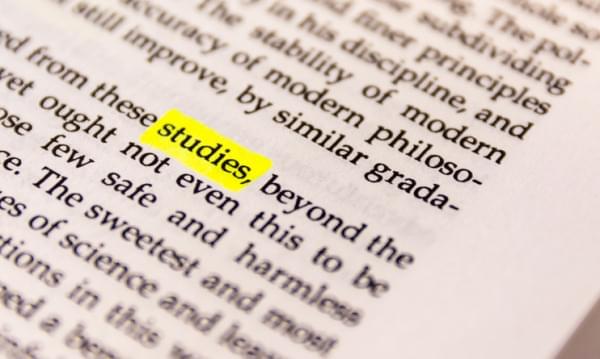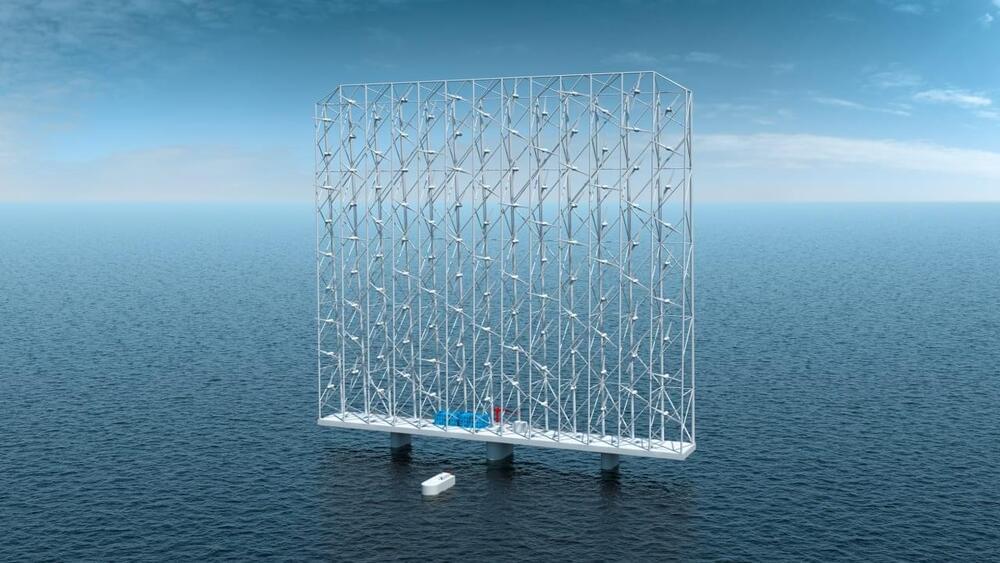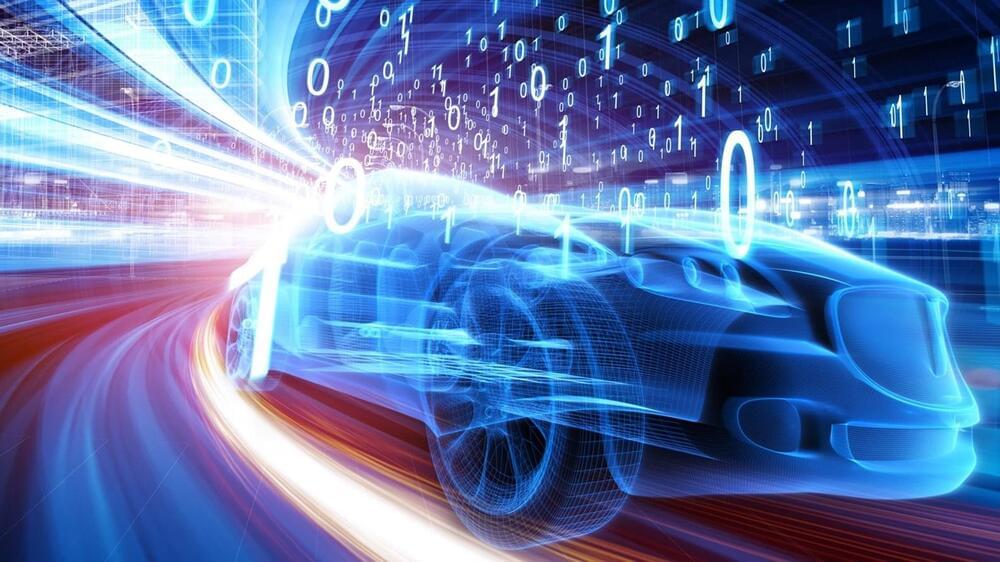Sep 4, 2021
Sending robots to space is the ‘first step’ to bringing AI to everday life: Group Leader and Technologist at NASA JPL and Caltech
Posted by Dan Kummer in categories: robotics/AI, space
Ali Agha, Caltech Project Lead, JPL Nebula Autonomy and AI, NASA Jet Propulsion Laboratory, talks testing Boston Dynamics’ Spot AI robot for Mars mission.
Video Transcript
- Welcome back to Yahoo Finance Live. Deeper space exploration missions come with their own set of challenges. Not only are instruments farther away, which make the delay in reacting to certain things difficult, but tricky terrain on the Martian surface has made wheel travel less ideal, as well. And that has researchers turning the Boston Dynamics dog-like robot— you may remember that one from a lot of viral videos— SPOT, as it’s called, for potential solutions.

